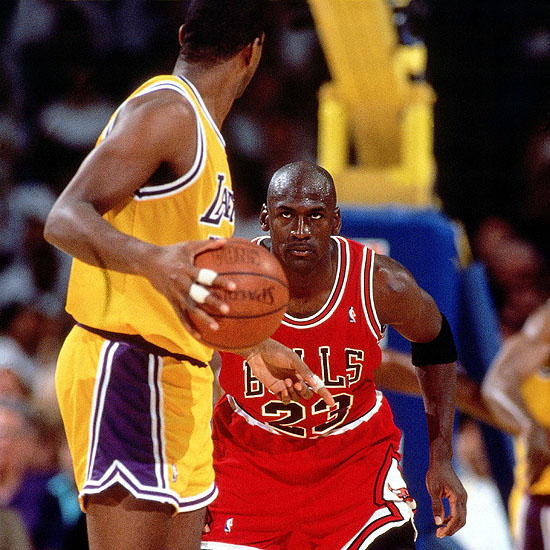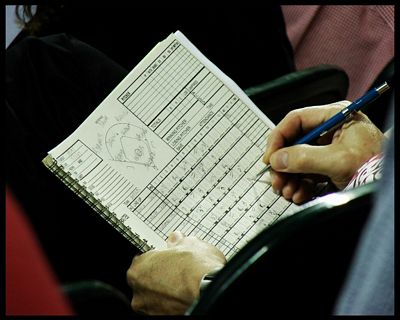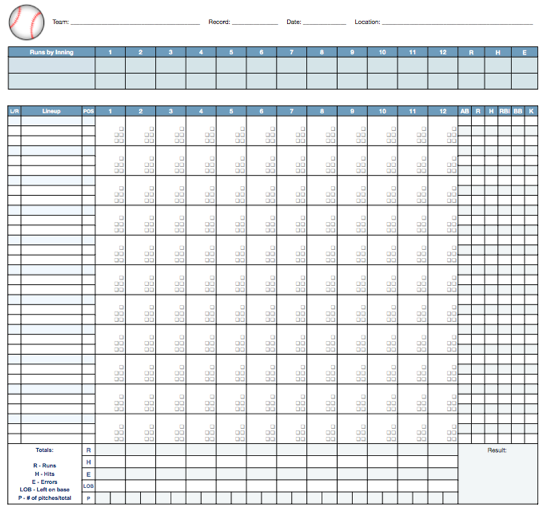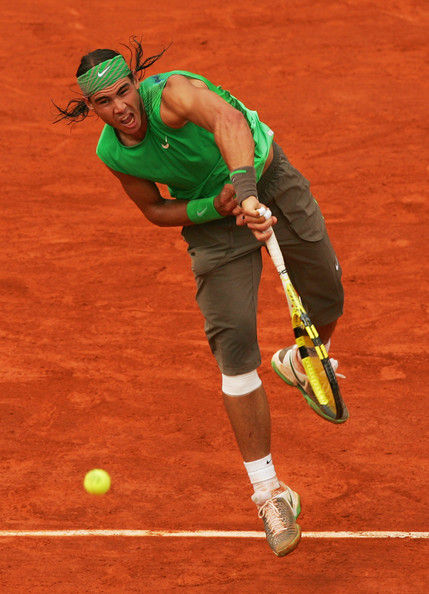Posted on
June 27, 2013 by
Dan Flaherty

The Doc Rivers ends and the coach can take his place in the Boston sports pantheon.
The city of Boston seems to developing a pattern of these coach-for-player trades. Prior to baseball season, it was the Red Sox dealing Mike Aviles to Toronto in exchange for the rights to current manager John Farrell. Now it’s the Celtics on the other end of such a transaction, acquiring a 2015 first-round pick from the Los Angeles Clippers in exchange for head coach Doc Rivers.
The long-rumored trade marks the end of another era of the Celtics and the end of a great ride for Doc in Boston. Now that Rivers’ Celtic tenure is in the books, we can start asking questions about where his place is in the pantheon of Boston sports.
Doc Rivers had coached the Orlando Magic for three full seasons prior to arriving in Boston, and his first year in the Hub more or less mirrored what he’d done in Orlando. Boston had a nice year, going 45-37, but lost in the first round of the playoffs. Doc was in a rut where he’d consistently win 40-plus games, but couldn’t get four more in the postseason and move into the second round.
Over the next two seasons, everyone would have gladly taken Rivers’ previous track record. Though it wasn’t his fault, as the Celtic roster was basically reduced to Paul Pierce and four guys from the local gym league and plummeted first to 33-49 and then bottomed out at 24-58.
Actually the gym league crack isn’t fair, because the organization did have Al Jefferson, who would become the key piece to acquire Kevin Garnett, whom the Minnesota Timberwolves were ready to unload. And though players like Rajon Rondo and Kendrick Perkins weren’t yet ready to be contributors, they were at least under development. But as far as legitimate help for Pierce, there was none until the team added Garnett, and then Ray Allen in the summer of 2007.
Now there were big expectations for Celtics basketball, and Rivers began to come into his own as an NBA coach. The Detroit Pistons were still the most respected team in the Eastern Conference, with a championship in 2004, a Finals trip in 2005 and then successive conference finals’ visits. Cleveland had LeBron James and was on the move. And could these new Celtics’ stars all mesh together?
No one succeeds in the NBA without star players taking the lead, but Rivers excelled at creating the atmosphere where Garnett, Allen and Pierce could first come together themselves and then get everyone else to fall in line. While dramatic improvement could have been achieved by a lot of coaches, not every coach could have racked up 66 wins and immediately made the team look championship-worthy.
Read the rest of this entry →







